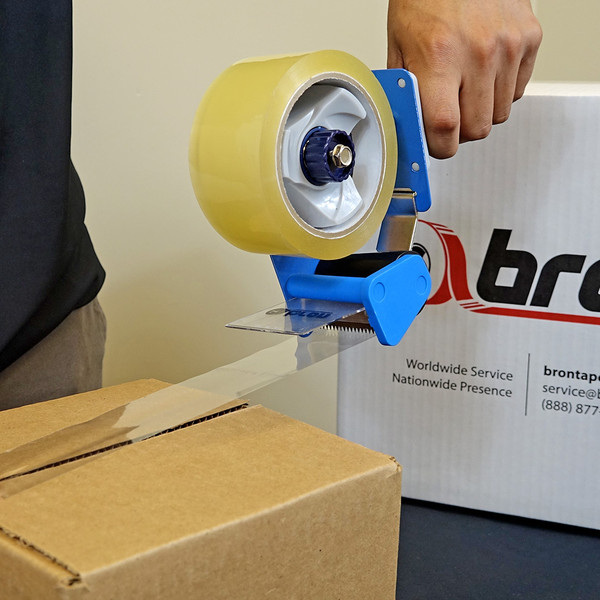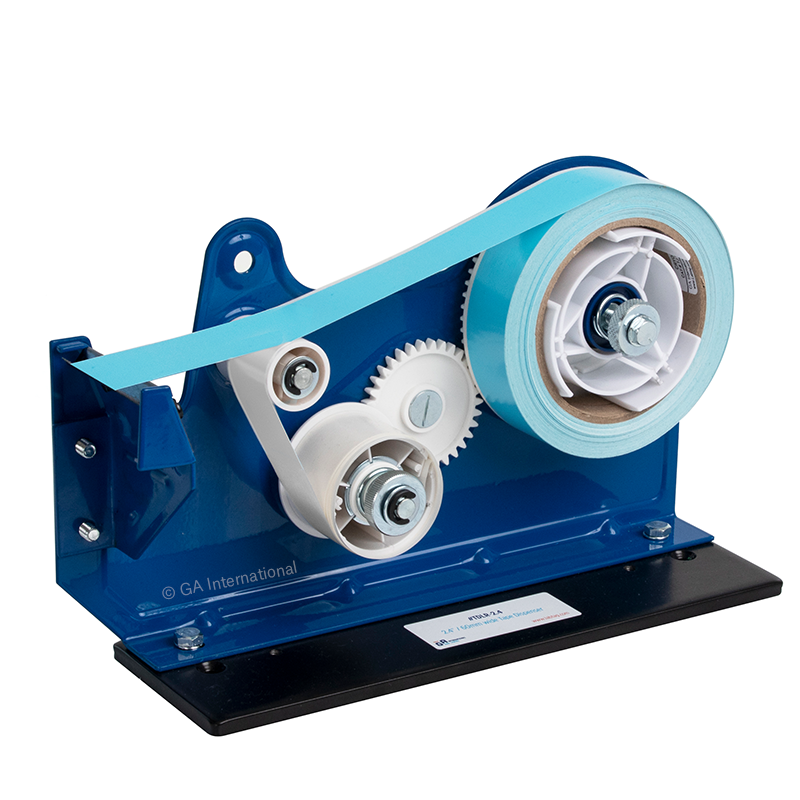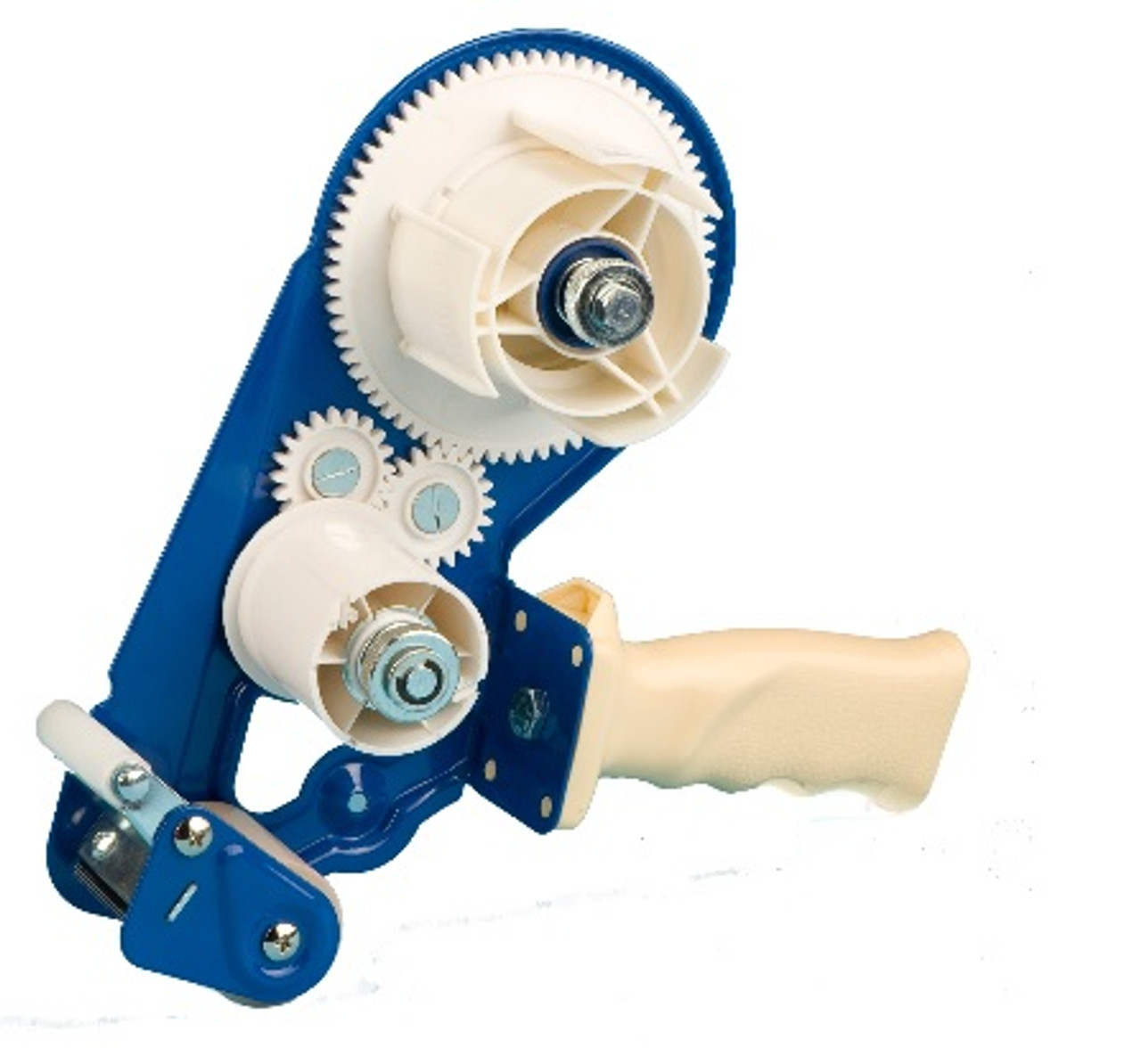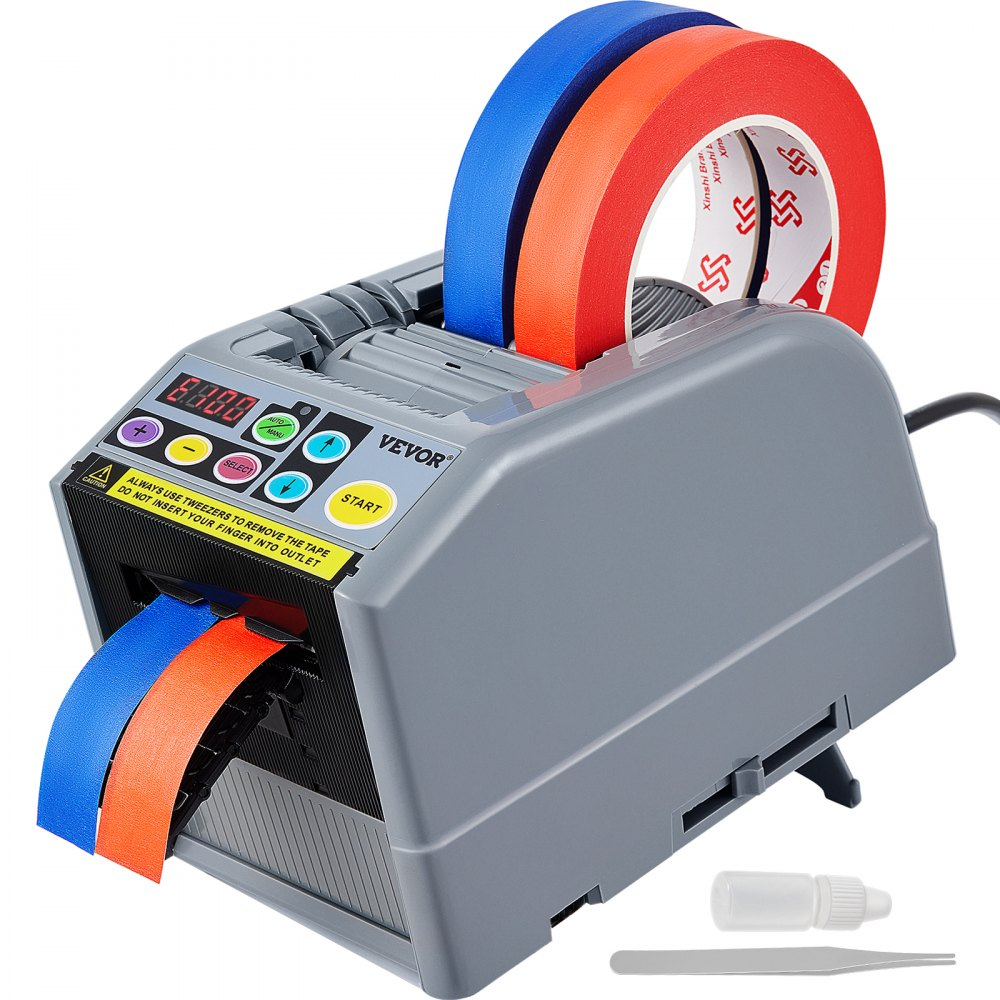In the realm of everyday office and household essentials, few tools are as ubiquitous yet underappreciated as the tape dispenser. This humble device, often overlooked amidst the clutter of staplers and paper clips, plays a pivotal role in keeping our tasks streamlined and our wrapping endeavors neat. Let’s unravel the world of tape dispensers, exploring their evolution, functionality, and the surprising variety that exists within this seemingly mundane category.
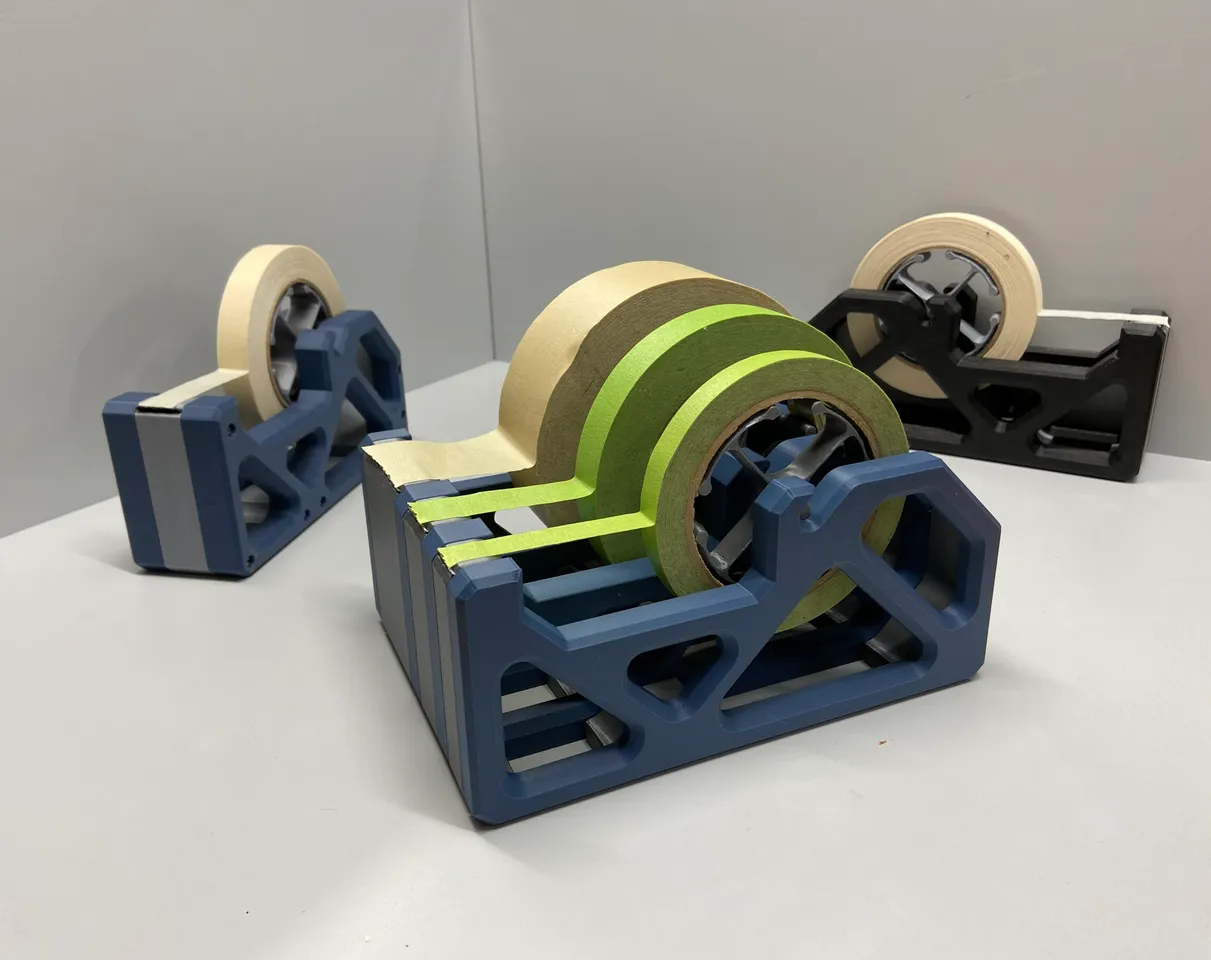
A Brief History of the Tape Dispenser
The origins of tape dispensers can be traced back to the early 20th century, coinciding with the invention and popularization of pressure-sensitive tapes. Before dedicated dispensers, users would struggle with rolls of tape, fumbling with scissors or teeth to cut the adhesive material. Recognizing the need for efficiency, inventors set out to create a tool that would simplify this process, thus birthing the first generation of tape dispensers.
Types of Tape Dispensers: Beyond the Basics
Desktop Models: The Workhorse
Desktop tape dispensers are perhaps the most familiar type, found on almost every office desk and countertop. Typically made of plastic or metal, these dispensers feature a weighted base for stability and a blade at the edge for clean cuts. Some models even include a brake mechanism to control the tape’s unwind speed, ensuring users can manage the tape flow effortlessly.
Handheld Dispensers: Portability Meets Convenience
For on-the-go taping needs, handheld dispensers are indispensable. Lightweight and compact, they fit comfortably in the palm, allowing for quick sealing of envelopes, packaging, or even arts and crafts projects. Many incorporate a concealed blade or tear edge, prioritizing safety without compromising functionality.
Specialty Dispensers: Tailored for Specific Tasks
Not all tape is created equal, and neither are tape dispensers. Specialized designs cater to unique tape types and applications. For example, filament tape dispensers are built to handle the heavy-duty, reinforced tape used in packaging and strapping. Then there are ATG (adhesive transfer gun) dispensers, which are favorites among crafters and graphic designers for their precision application of thin, double-sided tapes.
Features to Consider When Choosing a Tape Dispenser
Material and Durability
The choice between plastic and metal largely depends on the dispenser’s intended use and environment. Plastic models are lightweight and affordable but may not withstand heavy usage or rough handling. Metal dispensers, on the other hand, exude durability and are better suited for high-volume taping tasks.
Blade Type and Safety
Blade design influences both cutting efficiency and user safety. Retractable or concealed blades minimize accidental cuts while still providing clean slices. Some premium models even feature self-sharpening blades, ensuring a consistent cut over time.
Ergonomics and Design
Comfort and aesthetics should not be underestimated. Ergonomic designs reduce strain during extended use, especially for handheld models. Additionally, tape dispensers now come in various colors and styles, allowing them to blend seamlessly with office decor or serve as a quirky accessory.
Innovations and Future of Tape Dispensers
As we step further into the 21st century, traditional tools are undergoing transformations to meet the demands of an increasingly digital and eco-conscious society. Tape dispensers, once considered mere stationary items, are not immune to this wave of innovation. From integrating smart technology to adopting sustainable manufacturing practices, the future of tape dispensers promises exciting advancements that will redefine their role in our daily lives.
Smart Tape Dispensing Solutions
Internet of Things (IoT) Integration
Imagine a tape dispenser that connects to your smartphone, allowing you to customize tape lengths, track usage, and even order refills automatically when supplies run low. IoT-enabled tape dispensers are turning this vision into reality. By leveraging connectivity, these devices can streamline inventory management in commercial settings and provide consumers with a personalized experience at home.
Automated Dispensing and Measurement
Automation is revolutionizing the way we interact with tape dispensers. Devices equipped with sensors can detect when a user places an object beneath the tape roll and dispense the exact amount required, reducing waste and enhancing precision. Some models boast voice command capabilities, enabling hands-free operation that’s particularly beneficial in industrial settings or for individuals with mobility restrictions.
Eco-friendly Designs and Materials
Sustainable Manufacturing
Sustainability has become a driving force in product design, and tape dispensers are no exception. Manufacturers are turning to recycled plastics, biodegradable materials, and renewable resources like bamboo to construct dispensers that minimize environmental impact. Refillable tape cartridges are also gaining popularity, encouraging reuse and reducing single-use plastic waste.
Energy-Efficient Operation
Incorporating energy-efficient features such as solar-powered operation or low-energy consumption motors, future tape dispensers aim to reduce carbon footprints without compromising performance. These innovations not only benefit the planet but also lead to cost savings for users over the long term.
Enhanced User Experience and Customization
Personalized Designs
Recognizing the desire for personal expression in the workplace and at home, manufacturers are offering tape dispensers in a myriad of designs and colors. Customizable options, including 3D-printed dispensers tailored to individual preferences, are also emerging, allowing users to match their dispenser to their aesthetic tastes or brand identity.
Ergonomic Advancements
Ergonomics continues to play a vital role in the development of tape dispensers. Advanced designs prioritize user comfort by minimizing strain and fatigue during extended use. Features like soft-grip handles, adjustable tension controls, and weight-balanced structures ensure that the dispensers are comfortable for a wide range of users.
Health and Safety Innovations
Touchless Technology
In light of recent health concerns, touchless tape dispensers are emerging as a hygienic solution. Utilizing motion sensors or voice commands, these dispensers eliminate the need for physical contact, reducing the transmission of germs and viruses in shared spaces.
Child-Safe Designs
Safety is paramount, especially in homes with young children. Innovative dispensers incorporate child-resistant features such as covered blades, lock mechanisms, and rounded edges to prevent accidents without sacrificing functionality.
Embracing the Future of Tape Dispensing
The future of tape dispensers holds great promise as technology and sustainability converge to elevate these once humble tools into sophisticated, eco-friendly, and user-centric devices. As we continue to push the boundaries of innovation, it is clear that tape dispensers will not just keep things together but will also contribute to a smarter, safer, and more sustainable future. Whether in offices, workshops, or homes, these evolving dispensers stand as testament to human ingenuity and the continuous quest for improvement in even the simplest of our everyday tools.
Conclusion: Appreciating the Tape Dispenser’s Value
From its humble beginnings to its current diverse forms, the tape dispenser has evolved into a crucial tool across industries and households. Far from being just an afterthought, the right tape dispenser can significantly enhance productivity, safety, and even add a touch of style to your workspace. As we continue to innovate and refine this everyday item, let us remember to appreciate the simplicity and utility of this unsung hero that quietly supports our daily tasks with unwavering reliability.
